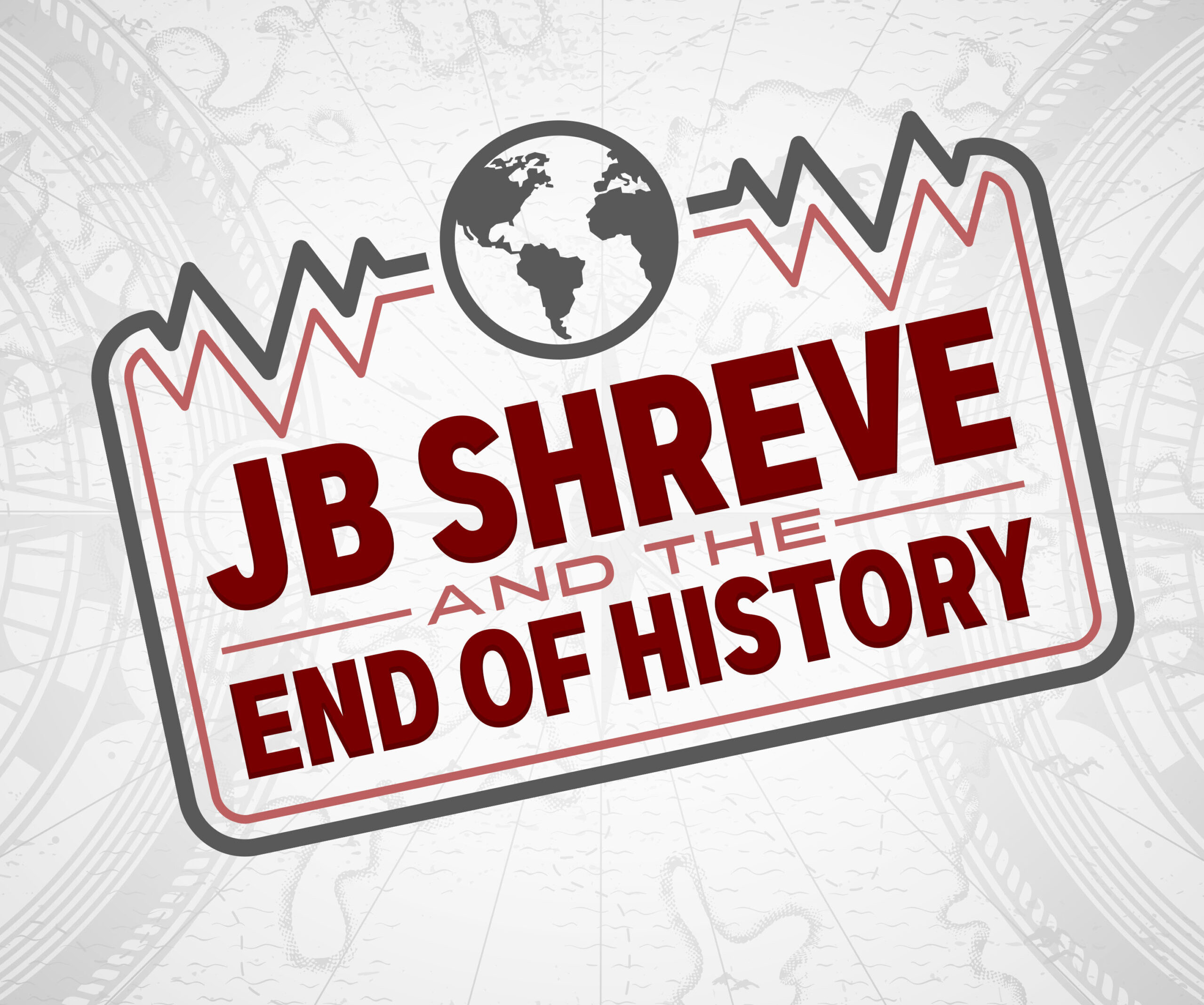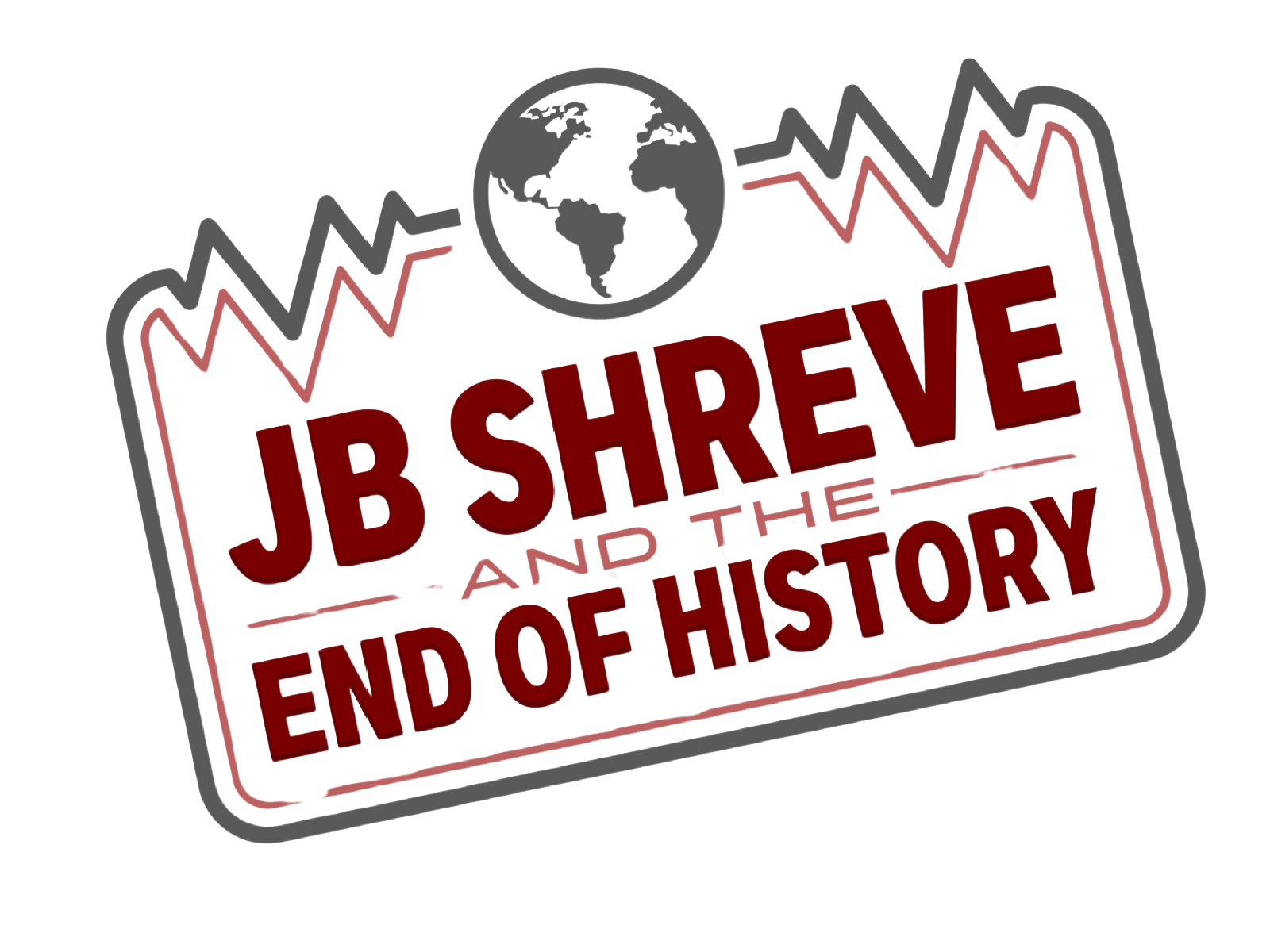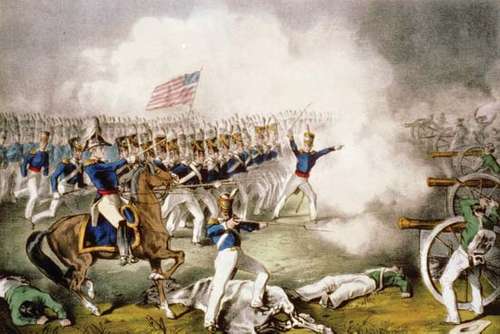
(This is part 1 in my blog series that examines the historical relationship and involvement of the US with Latin America that contributed to the modern dysfunctions of poverty, violence, and instability we frequently observe. This is the story that answers the question, Why Is Latin America So Dysfunctional?)
Anyone who does any studying of economic history inevitably comes to the question of the United States economy compared to the economies south of the border. In the book Why Nations Fail the authors compare the economic conditions of Nogales, Arizona with Nogales, Sonora (Mexico). The two towns are separated only by a border wall but economic conditions, in spite of the shared culture and history, are dramatically different. The US side of Nogales is exceptionally more prosperous than the Mexico side of Nogales. Why? The answer to that question is the subject of frequent economic debate and theories. The authors of Why Nations Fail suggest it is related to institutional strength.
Subscribe to JB Shreve & the End of History
For many Americans, including President Trump, there is often a presumption of dysfunction and incompetence regarding the state of nations and governments south of the US border. The President famously included these countries in his derogatory “s***hole countries” insult when he complained of the type of immigrants America meets at its southern border. (Africa was included on this list too.)
The suggestion is that immigrants from the south should improve the state of their own country and society rather than living off the bounty of America’s stability and prosperity.
This is easier said than done and those who believe such things have a poor or misguided understanding of America’s history with our neighbors to the south. This short series is designed to remedy that.

Disclaimers…
First, this is just a taste of the real history of America’s relationship with our southern neighbors. Feel free to dig deeper into any of these areas but be forewarned. There is a lot of “political” history out there whose trustworthiness is dubious. Be careful what you believe. As was the case in my write up on how to avoid being duped by fake news, if it is too good to be true – it probably is.
Second, this four-part series is only a short history of America’s involvement with Latin and South America. This is not the whole story of why things have fallen apart so frequently in these areas. It is part of the story but it is not the whole story. Nations behave like nations. There are no good guys. There are no bad guys. Any picture that paints the story otherwise is usually suspect. America has a legitimate role to play in the responsibility for the long history of catastrophes south of its border. But America is not the sole cause of the current state of affairs.
Conquistadors and the English

The history begins with the Spanish and the conquistadors. They were the brave soldiers of the Spanish empire who nearly obliterated most of the populations of South America. Some of this was deliberate as they pillaged the South American empires of their treasures. A lot more of it was accidental as they unleashed a wave of disease and plague upon these native populations which they had not previously been exposed to. In all as many as 80 million people were killed in the Americas after the Spanish arrived and unleashed one of the largest genocides in world history.
The Spanish stretched their influence from what we know today as California to Chile in South America. Across their empire in the New World cultural standards were implanted that endure to this day. These included the strong influence of the Catholic Church and strong centralized authority representative of and delegated by the Spanish monarchy on the other side of the Atlantic.
To the northeast of the Spanish empire of the New World were the French and British. These lands constituted a rival methodology of conquest and settlement from that modeled by Spain. They were far more reliant upon local authority and representative democracy and for the most part they were much more Protestant in their demographics.
As the empires and powers of Europe shifted, these changes eventually filtered through the distribution of power within the New World. Spain declined in power and left the French and British to battle for domination in Europe and the New World. The cultural standards they left being remained.
The Monroe Doctrine

Throughout the 19th century, much of US policy regarding the European imperial holdings in the western hemisphere was defined in what came to be known as the Monroe Doctrine, named after the fifth president of the United States who verbalized it. The Monroe Doctrine stated that the US would no longer tolerate European imperialism or puppet rulers in the western hemisphere.
It was a bold statement for a nation so young and unproven. Fortunately for the US, Europe was racked by revolutions throughout much of the first half of the 19th century, which kept the great powers busy across the Atlantic and also diminished their strength far away in North and South America.
While European strength diminished in the Western Hemisphere, American strength increased. That strength was exercised in America’s own imperial efforts as the new nation advanced westward and southward.
The most aggressive imperialism by the United States was the conquest and subjugation of the Native Americans that persisted over the course of the 19th century. The holdings of France were purchased through the Louisiana Purchase. The westward expansion continued and the American pioneers and adventurers moving west soon ran into the former Spanish holdings that stretched from what we know today as Texas to California. By the middle of the 19th century, most of this territory was part of Mexico.
Mexican-American War

The US annexed Texas which resulted in the 1846 Mexican-American War. Americans believed they had a manifest destiny, or God-given right, to take these lands and this was what they did. At the conclusion of the war in 1848, the US paid $15 million in war compensation to Mexico (a common practice in war settlements at the time) while Mexico surrendered 55% of its territory to the United States. This included California, Arizona, New Mexico, Texas, and parts of Colorado, Nevada, and Utah.
Sixty thousand Mexicans remained in these territories with the promise they would become American citizens. This promise frequently did not work out in practice. Land rights and holdings of the Mexicans were seldom honored. Their Catholic faith conflicted with that of the American settlers who came to the region. These new Americans were often seen as outsiders.
The reduction in Mexican power by the United States in the 1846-48 Mexican-American War was never restored. When the US became locked in its own civil war in the 1860s, the French sought to violate the standards of the Monroe Doctrine and invaded Mexico. They set up their own puppet ruler in Mexico, a Prussian by the name of Maximillian I.
The US-backed resistance to these French moves and supported the revolution against the French monarchy in Mexico. Benito Juarez led the fight against the French and Maximilian I. It was telling that he and Mexico looked to the US for legitimacy and strength in their fight against Europe. The US supported the Mexicans with arms and Juarez’s wife even stayed in New York during the fighting and was addressed as the first lady of Mexico by President Lincoln.

Eventually, the French found themselves stretched too thin between the contests for power on the European continent and those in Mexico. After abandoning Maximillian I, Benito Juarez became the new leader of Mexico and executed the would-be Prussian ruler before a firing squad.
Mexican Dictator, American Ally
Juarez is still seen as a hero in Mexico. He died of a heart attack in 1872 and was succeeded by the Chief Justice of Mexico’s Supreme Court Sebastian Lerdo de Tejada. Tejada was at frequent odds with a leading general of the Mexican army, General Porfirio Diaz. Diaz had been part of a failed coup attempt against Juarez even though he also fought against Maximillian I. His efforts to gain total power in Mexico finally succeeded when he overthrew Tejada in 1877. Porfirio would rule over Mexico for the next 31 years. Although he introduced many positive reforms to the weakened nation, his dictatorship helped secure Mexico to a pathway of dysfunction.

Diaz and his small circle of elites who ruled over Mexico during this time dealt enormous damage to the development of the Mexican nation. While much of the world was industrializing Mexico was going backward for the benefit and security of a small group of rich and powerful elites. The rich and powerful on the other side of the border in the United States also benefitted from this situation. By the end of his rule in the early part of the 20th century, America controlled as much as 90% of Mexico’s mineral resources, the Mexican oil industry, railroad and much of the nation’s land.
Diaz provides a perfect picture of the consistent problems of Latin America and its relationship with the United States. Despots were not always the result of American involvement in the region (although they sometimes were as we will see later in the series). But despots were frequently secured and empowered by the involvement of American political and business interests in the region. This combination prevented a more natural and progressive development of the domestic political situations in various Latin and South American domains.
While the rich and powerful benefitted from this arrangement, the public at large suffered under the strain of corruption and oppression. The only hope, and it was usually not much of a hope, was revolution against the despots. The American embrace of despots and its posture towards revolution in the 20th century would prove even more destabilizing to the nations south of the American border.

The Mexican Revolution
In 1909 Porfirio Diaz said he would allow for democratic elections in Mexico. The resulting elections, however, ended up a sham. His strongest opponents were sent out of the country and even against his weaker opponents he rigged the vote. US President Taft visited Mexico at this time to bolster Diaz with a show of American support for the long-serving dictator. When the final results of the corrupt election were made public this proved more than the Mexican people could tolerate. Most historians mark this as the beginning of the Mexican Revolution. Diaz was forced to resign from office. He fled to Europe where he died a short time later.

The military soon overthrew and executed the Mexican aristocrat who replaced Diaz, Francisco Madero. Following his execution, the Mexican Revolution descended into all-out civil war. Several of the parties in the conflict appealed to the United States for endorsement and support that might legitimize their claim to power and leadership in Mexico. US President Wilson was not interested though. After the execution of Madero, he saw those fighting for control of Mexico as simply a “government of butchers.”
Wilson at first sought to instruct and discipline the leading generals in the Mexican revolution through a poorly thought out and failed diplomatic mission to Mexico City. When this proved useless the US President opted for tougher, militaristic means. A small US invasion force was dispatched across the border to help bring order. Although Wilson never declared war the move outraged many Mexicans and widespread riots and protests resulted in the killing of 19 Americans and 200 Mexicans.

A short while later the rise of Pancho Villa in northern Mexico created further US involvement in the country. Pancho Villa began taxing American corporations in northern Mexico and finally went too far when he confiscated the large Mexican ranch of American media mogul William Randolph Hearst.
President Wilson sent General William J. Pershing with a force of 10,000 American soldiers into Mexico to find Pancho Villa. The invasion was a disaster. Not only were Villa and his guerillas impossible to find but he even turned up in Texas at one point, apparently mocking the inability of the American media to achieve their mission against him.
America’s involvement in World War I allowed Pershing and his invasion force to withdraw from Mexico without losing face and without Pancho Villa. The Mexican Revolution would play out and further fragment the nation south of America’s border. In the end, the results of the revolution and the civil war led to longstanding issues of poverty and government dysfunction in Mexico.
Read the Entire Series Why Is Latin America So Dysfunctional?:
-
- Why Is Latin America So Dysfunctional? Part One – The US and Mexico
- Why is Latin America So Dysfunctional? Part Two – American Imperialism in Latin America
- Why Is Latin America So Dysfunctional? Part Three – United Fruit Company
- Why Is Latin America So Dysfunctional? Part Four – Cold War, Dirty Wars, Drug Wars, Economic Wars
Subscribe to JB Shreve & the End of History



3 Comments on “Why is Latin America So Dysfunctional? Part One – The US and Mexico”
Comments are closed.